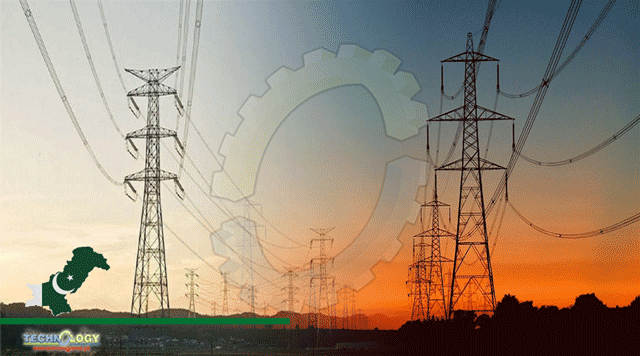Power generation in the country increased by 16.2 percent on a year-on-year (YoY) basis to 10,418 GWh during March 2022 compared to 8,965 GWh in March 2021.

Power generation in the country increased by 16.2 percent on a year-on-year (YoY) basis to 10,418 GWh during March 2022 compared to 8,965 GWh in March 2021.
According to the monthly power production data released by the National Electric Power Authority (NEPRA) on Wednesday, during the nine months of the current fiscal year, power generation witessed an upsurge of 10pc YoY to 101,699 GWh against 92,371 GWh recorded in the corresponding period last fiscal year.
Source-wise during the month of March 2022, RLNG, nuclear, FO, and wind-based power generation went up by 4pc, 66pc, 4.7x, and 58pc YoY, respectively. Moreover, bagasse, solar-based, and electricity imported from Iran also increased by 19pc, 3.6pc and 10.5pc YoY, respectively. On the other hand, coal, hydel, gas, and mixed generation declined by 5.4pc, 2.1pc, 4.2pc and 36.7pc YoY, respectively.
Share-wise, power generation through coal contributed the largest in March 2022, as it accounted for 25pc (2,586 GWh) of total electricity with a fuel cost of Rs12.4/KWh. This was followed by RLNG as around 18.9pc (1,965 GWh) of electricity was generated through RLNG-based power plants with a fuel cost of Rs14.37/kWh.
With a share of 16.35pc, power generation from hydel was around 1,704 GWh at zero fuel cost, whereas nuclear contributed 15pc (1,563 GWh) of electricity at a price of Rs1.03/KWh. Meanwhile, generation from RFO-based power plants was around 1.106 GWh (10.6pc of total generation) at the highest fuel cost of Rs22.5/ KWh.
Gas-based energy contributed about 9.5pc or 993 GWh of electricity at a price of Rs7.75/ kWh, while 2.57pc or 268 GWh contribution came from Wind at zero fuel cost. The bagasse and solar-based energy contributed about 1pc (107 GWh) and 0.66pc (69 GWh) of the electricity respectively during the month at a price of Rs6/KWh and Rs0/KWh respectively.
Meanwhile, electricity imported from Iran contributed about 43 GWh (0.41pc) to the total power generation at the price of Rs17.35/KWh.
Meanwhile, the K-3 Unit of the Karachi Nuclear Power Plant in Pakistan – the second overseas nuclear power unit to use China’s third-generation nuclear reactor technology Hualong One – was put into operation, said its operator China National Nuclear Corp (CNNC).
Marking the completion of China’s Hualong One project in the overseas market, the operation of the plant has further enhanced the confidence for Hualong One in countries and regions participating in the Belt and Road Initiative, China Daily reported.
Put into operation in May, the K-2 unit is the first overseas nuclear power unit to use Hualong One. Each Hualong One unit generates approximately 9 billion kilowatt-hours of electricity per year, meeting the annual electricity demands of more than 4 million households in Pakistan. This is equivalent to reducing standard coal consumption by 3.12 million metric tons, cutting carbon dioxide emissions by 8.16 million tons, or planting more than 70 million trees, the company said.
This news was originally published by Daily Times.